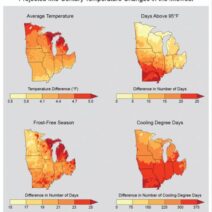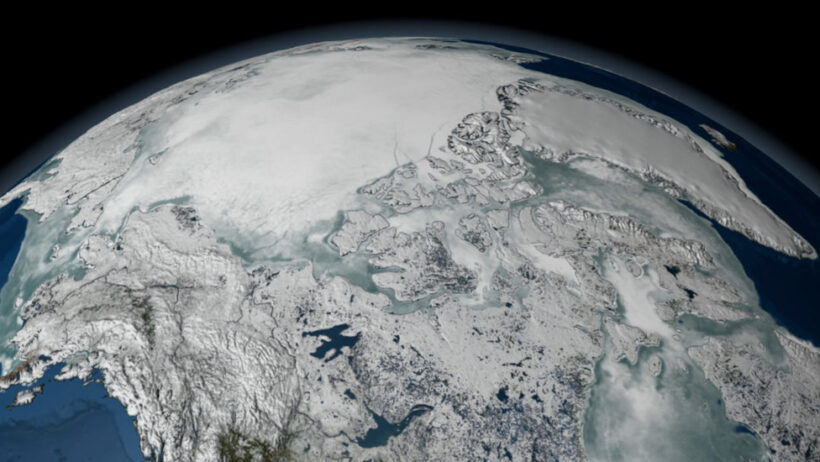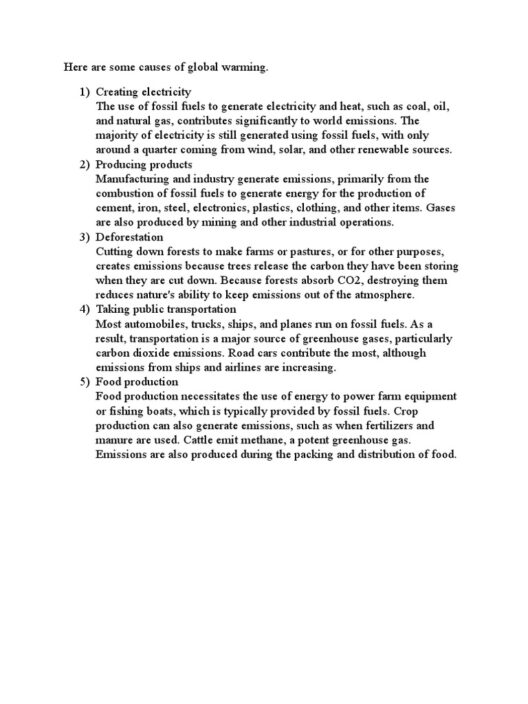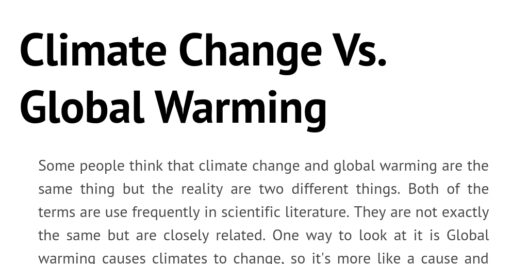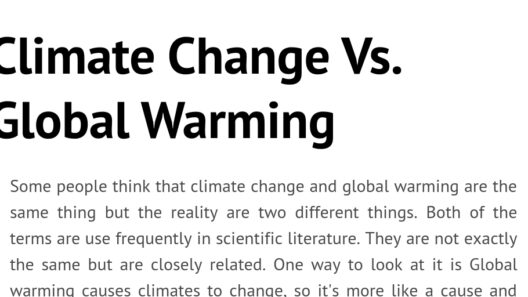As we venture into the complexities of climate science, one essential question arises: What does global warming really mean? This question is not merely rhetorical; it opens a gateway to understanding a phenomenon that has profound implications for our planet. Global warming embodies the increase in Earth’s average surface temperature due to human activities, primarily the emission of greenhouse gases. However, unraveling the intricacies surrounding it unveils a myriad of cognitive distortions and misconceptions that require collective enlightenment and decisive action.
In this article, we will explore the fundamental aspects of global warming, its causes, effects, and potential solutions. Prepare to embark on a journey of discovery, where climate science meets societal awareness and responsibility.
What Causes Global Warming? The Science Behind the Climate Crisis
At the heart of global warming lies the greenhouse effect, a natural phenomenon that, in moderation, is vital for sustaining life on Earth. Solar radiation penetrates the atmosphere, warming the planet’s surface. In turn, the Earth emits infrared radiation, which ideally escapes into space. However, anthropogenic activities—predominantly fossil fuel combustion, deforestation, and industrial processes—have escalated the concentration of greenhouse gases like carbon dioxide (CO2) and methane (CH4). This surge enhances the greenhouse effect, trapping more heat and leading to rising global temperatures.
Human activities are not the only contributors to this crisis. The natural world also plays a role; however, the scale of human influence has upset the balance. For instance, melting permafrost releases additional methane, creating a feedback loop that accelerates warming. The consequences of these actions reverberate across ecosystems, weather patterns, and sea levels, illustrating a connection between individual activities and planetary health.
Effects of Global Warming: A Tapestry of Consequences
The ramifications of global warming are both far-reaching and immediate. Temperature increase plays a pivotal role in numerous environmental changes that threaten biodiversity and human welfare. Let’s explore some of these profound consequences:
Extreme Weather Events: One of the most visibly alarming effects of global warming is the amplification of extreme weather events. Hurricanes are intensifying; droughts are becoming more severe, and rainfall is increasingly erratic. These changes result in tremendous human and economic costs, disrupting agriculture, displacing communities, and straining disaster management systems.
Rising Sea Levels: The polar ice caps and glaciers are melting at unprecedented rates, contributing to rising sea levels. Coastal areas are particularly vulnerable; cities like Miami, New York, and Jakarta face the imminent threat of inundation. This metamorphosis not only impacts real estate but also endangers freshwater supplies, ecosystems, and the livelihoods of millions.
Loss of Biodiversity: Global warming disrupts habitats and migratory patterns, leading to unparalleled species extinction. As ecosystems shift, many plants and animals lack the resilience to adapt quickly enough. This loss diminishes genetic diversity, which is crucial for the stability of ecosystems and human agricultural practices.
Food Security and Human Health: Disruption of climatic conditions directly jeopardizes food security. Crop yields face the threat of decreased production and increased pest populations due to unpredicted climatic conditions. Furthermore, public health is at stake as rising temperatures facilitate the spread of infectious diseases and exacerbate pre-existing health conditions.
Mitigating Global Warming: Our Collective Responsibility
The time has come to confront the challenges posed by global warming with actionable strategies. Mitigation and adaptation are pivotal to safeguarding our planet’s future. Here are key avenues for addressing this global crisis:
Transitioning to Renewable Energy: One of the most effective measures against global warming is transitioning from fossil fuels to renewable energy sources. Technologies harnessing solar, wind, and hydroelectric power can significantly reduce greenhouse gas emissions. Governments and corporations must prioritize investments in sustainable energy infrastructure to facilitate this vital shift.
Promoting Sustainability in Agriculture: The agricultural sector is a double-edged sword; while it contributes to greenhouse gas emissions, it is also greatly affected by climate change. Sustainable practices, such as crop rotation, organic farming, and regenerative agriculture, can curtail emissions while ensuring food security. Emphasizing local food systems can also help reduce carbon footprints associated with food transport.
Activating Policy Change and Advocacy: Individual action is critical, but systemic change demands robust policies and community advocacy. Governments must implement stringent regulations on emissions and invest in green technologies while also facilitating public awareness campaigns that foster responsible consumption patterns. As citizens, engaging in climate justice movements and promoting eco-friendly practices can amplify the call for change.
Conclusion: Embracing the Challenge of Global Warming
In conclusion, understanding global warming transcends scientific inquiry; it compels us to introspect and advocate for substantive change. This existential challenge presents us not only with risks but also with unprecedented opportunities for innovation, collaboration, and resilience. It begs us to ask ourselves: Can humanity rise to the occasion and forge a sustainable future? The answer lies within our collective resolve to address global warming today, ensuring a habitable planet for generations to come.
